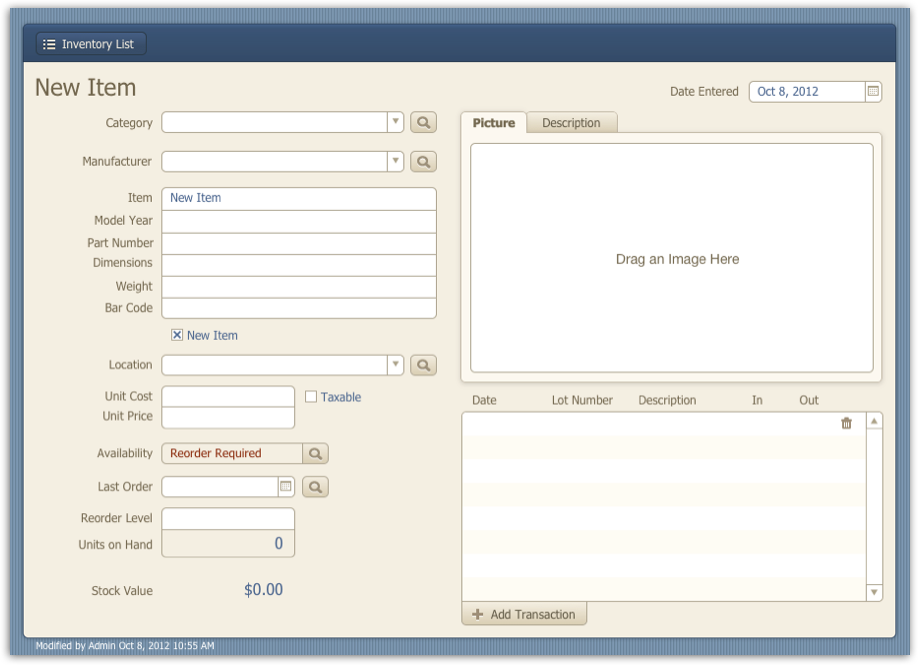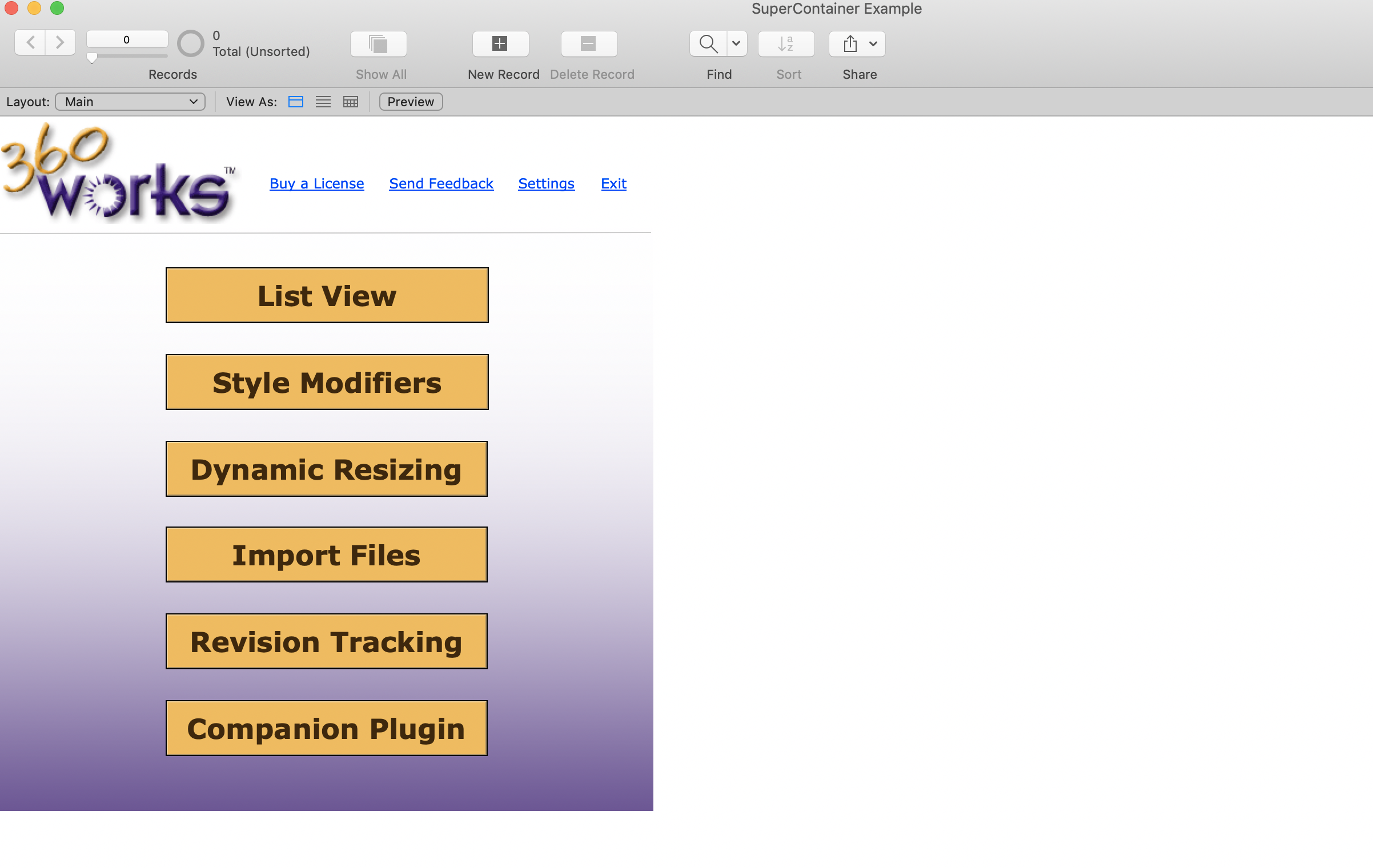


The newly-updated ESS (External SQL Data Sources the D is obviously silent) feature provides live two-way connections to other DBMS including Microsoft SQL Server 2008, Oracle 11g and MySQL 5.1 Community Edition. That said, you now have the option of storing your data in these scalable and robust engines whilst retaining the advantages of FileMaker's friendly user interface. Reasonably large data sets for small- to medium-sized enterprises (SMEs) are well within FileMaker's comfort zone but its data-handling engine is simply not in the same class as those of SQL Server or Oracle which are used for massive data sets in multi-national enterprises. These imports let you pull data into a FileMaker database where it is managed by the product's data-handling engine and can be displayed and manipulated. However, that of FileMaker's main competitor, Access, is conspicuous by its absence. The program also supports a good selection of file types for data import including Excel, tab- and comma-separated text, ODBC, DBF (dBASE) amongst others. And to help you get started designing databases, there are 10 new templates to give your database a slick professional look. The most obvious change is the movement of the Status toolbar to the top of the screen it's been clinging to its traditional position at the side of the screen for far too long. Pleasingly, this strength continues and is enhanced in version 10. FileMaker has always had great facilities for the design of reports and forms.


 0 kommentar(er)
0 kommentar(er)
